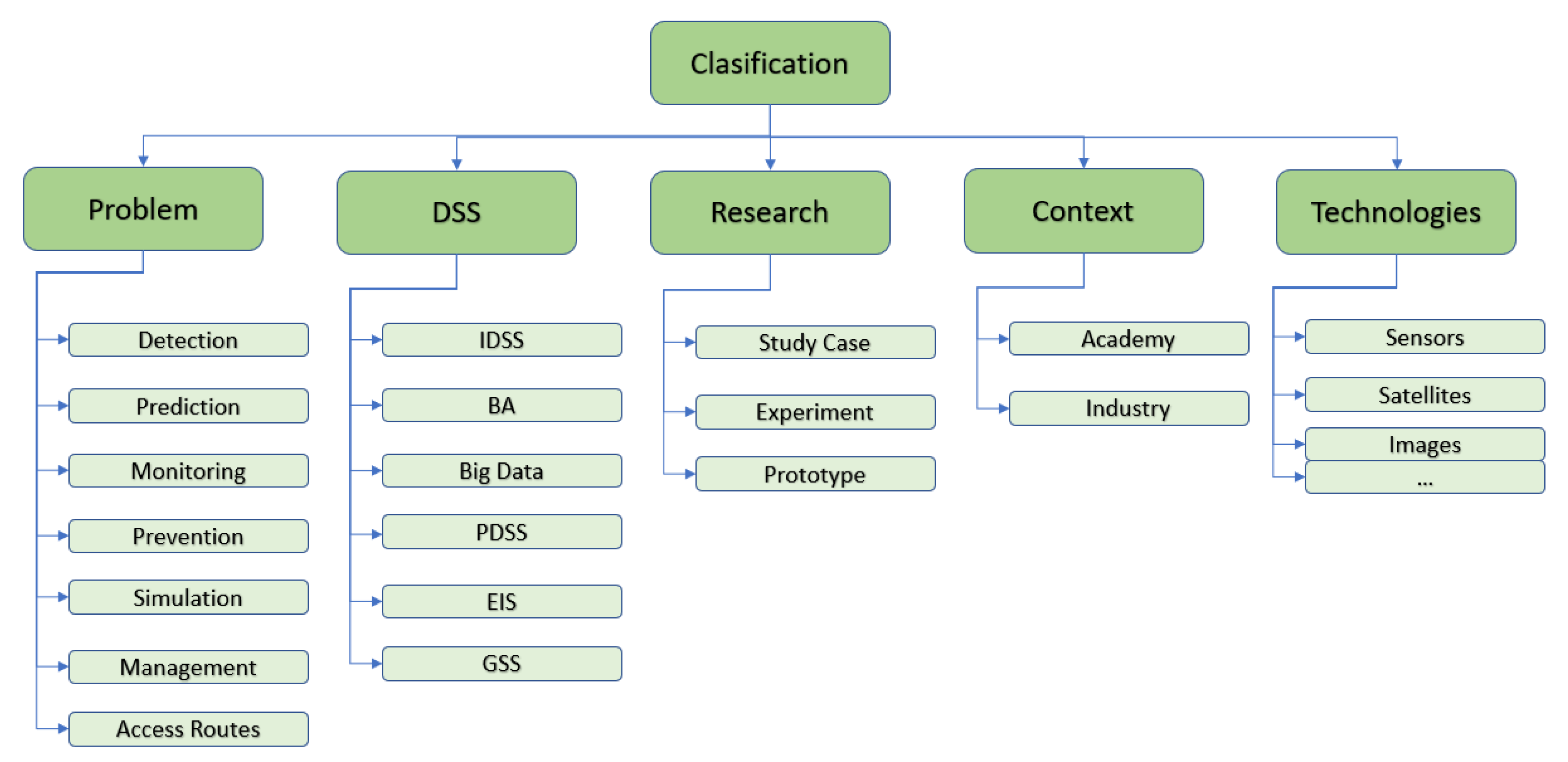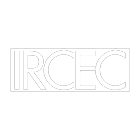

A vegetation factor measures the risk those wind carried embers have of starting a fire lower vegetation has a lower risk.Ī quantitative risk assessment simulation combines wildfire threat categories.

Identifying risk factors and simulation with those factors help to understand and then manage the wildfire threat.įor example, a proximity factor measures the risk of fire from wind carried embers which can ignite new spot fires over a mile ahead of a flame front. Wildfire risk assessment Ĭalculating the risk posed to a structure located within a WUI is through predictive factors and simulations. In the United States, from 1985 to 2016, federal wildfire suppression expenditures tripled from $0.4 billion per year to $1.4 billion per year. Wildfires in the United States exceeding 50,000 acres (20,000 ha) have steadily increased since 1983 the bulk in modern history occurred after 2003. Between 1985-–14, the area burned by wildfires in the United States nearly doubled from 18,000 to 33,000 square kilometers. Coupled with a recent increase in large wildland fires, this has led to an increase in fire protection costs. Human development has increasingly encroached into the wildland-urban interface. In North America, Chile, and Australia, unnaturally high fire frequencies due to exotic annual grasses have led to the loss of native shrublands. Factors include climate change driven vegetation growth and introduction of non-native plants, insects, and plant diseases. Increases in wildfire risk pose a threat to conservation in WUI growth regions.Įcological change driven by human influence and climate change has often resulted in more arid and fire-prone WUI. Īdditionally, disease vectors in isolated patches can undergo genetic differentiation, increasing their survivability as a whole. White Footed Mice, a primary host of the Lyme tick, thrive in fragmented habitats. For instance, increased forest fragmentation can lead to an increase in the prevalence of Lyme disease. įorest fragmentation is another impact of WUI growth, which can lead to unintended ecological consequences. Pets can kill large quantities of wildlife. The introduction of non-native species by humans through landscaping can change the wildlife composition of interface regions. Housing growth in WUI regions can displace and fragment native vegetation. Climate change is also driving population shifts into the WUI as well as changes in wildlife composition. Going forward it is expected the WUI will continue to expand an anticipated amenity-seeking migration of retiring baby-boomers to smaller communities with lower costs of living close to scenic and recreational natural resources will contribute to WUI growth. Globally, WUI growth includes regions such as Argentina, France, South Africa, Australia, and regions around the Mediterranean sea. In the United States there are population shifts towards the WUIs in the West and South increasing nationally by 18 percent per decade, covering 6 million additional homes between 19 which in 2013 was 32 percent of habitable structures. Of new WUI areas, 97% were the result of new housing. Factors include geographic population shifts, expansion of cities and suburbs into wildlands, and vegetative growth into formerly unvegetated land. The WUI was the fastest-growing land use type in the United States between 19. Note previously burned area (darker areas) on mountains Population shifts Malibu, California aerial view in July 2021 showing residential development deep in the mountains. Interface WUI, or lands that contain at least one housing unit per 40 acres (16 ha) in which vegetation occupies less than 50% of terrestrial area (at least 2.4 km 2).Intermix WUI, or lands that contain at least one housing unit per 40 acres (16 ha) in which vegetation occupies more than 50% of terrestrial area a heavily vegetated intermix WUI is as an area in which vegetation occupies over 75% of terrestrial area (at least 5 km 2).

The Federal Register definition splits the WUI into two categories based on vegetation density: A quantitative definition is provided by the Federal Register, which defines WUI areas as those containing at least one housing unit per 40 acres (16 ha). The US Forest Service defines the wildland-urban interface qualitatively as a place where "humans and their development meet or intermix with wildland fuel." Communities that are within 0.5 miles (0.80 km) of the zone are included. In the United States of America, the wildland-urban interface (WUI) has two definitions. Map of the wildland-urban interface in Catalonia featuring intermix and interface zones.


 0 kommentar(er)
0 kommentar(er)
